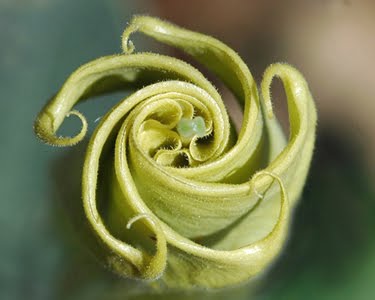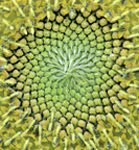Ektar 100
Kodak’s newest film, Ektar 100 is becoming a favorite among traditional photographers and in some opinions it exceeds all expectations. Made for 35mm cameras, Kodak promotes the Ektar 100 as the finest grain color negative film available, and through implementation of the Kodak Vision Motion Picture Film Technology, it produces ultra vivid, highly saturated colors. The only criticism I have found is that the film tends to give off a blue color cast when under exposed areas are in shade.
By emphasizing its enlargement capabilities when scanning and printing, Kodak is enticing the digital enthusiasts back to film. When I was shooting film, I was a fan of the Kodak Ektar 25 that was around in 1990’s. It was also fine grain and had great color saturation. Since it was a slow speed film, tripods were usually a must. This film did not make the cut, and was soon taken off the market. The biggest problem that I encountered with Ektar 25 was that most labs had difficulties with the color reproduction. I then changed over to AGFA 50, which became my film of choice for both 35mm and medium format. In my opinion, AGFA 50 was by far the best color film on the market. At 50 ISO, it was very fine grain, and had superior color reproduction with warm saturated colors. As proof of this statement, I had a 35mm negative enlarged to 30x40 inches. When comparing the larger print to the smaller size prints, the colors and resolution are equal. “Joshua Blooms at Red Rock” was taken on cloudy June afternoon, around 3:30pm. The camera was a Nikon 8008s with a Nikon 24mm 2.8 lens set at f/11 on a sturdy tripod, and the shutter speed was 1/15 a second.
By emphasizing its enlargement capabilities when scanning and printing, Kodak is enticing the digital enthusiasts back to film. When I was shooting film, I was a fan of the Kodak Ektar 25 that was around in 1990’s. It was also fine grain and had great color saturation. Since it was a slow speed film, tripods were usually a must. This film did not make the cut, and was soon taken off the market. The biggest problem that I encountered with Ektar 25 was that most labs had difficulties with the color reproduction. I then changed over to AGFA 50, which became my film of choice for both 35mm and medium format. In my opinion, AGFA 50 was by far the best color film on the market. At 50 ISO, it was very fine grain, and had superior color reproduction with warm saturated colors. As proof of this statement, I had a 35mm negative enlarged to 30x40 inches. When comparing the larger print to the smaller size prints, the colors and resolution are equal. “Joshua Blooms at Red Rock” was taken on cloudy June afternoon, around 3:30pm. The camera was a Nikon 8008s with a Nikon 24mm 2.8 lens set at f/11 on a sturdy tripod, and the shutter speed was 1/15 a second.
Joshua Bloom at Red Rock, NV
Unfortunately, AGFA also discontinued production of AGFA 50 and their Optima II100 was promoted as the closest replacement to AGFA 50—which in my field testing did not even come close.
The question is, will I dust off my film cameras and give Kodak’s Ektar 100 a chance? Well, only if it is developed for medium format, because other than shooting with my Hassleblad and some of the AGFA 50 that I have on ice, I do not intend to return to negative film. The 35mm digital format more than satisfies my needs as a landscape/nature photographer, when I shoot in the RAW mode. The color accuracy, resolution and enlargement capabilities are more than adequate to reproduce my photographic images. Furthermore, there are no negatives with the potential for getting scratched or fragile with age. And, a big reason for not returning to film cameras is that I do not have to open the back of my camera after 36 exposures to change film. This has always been a worry to me, considering where I do most of my photography: outdoors, in the desert, around sand dunes, along creek beds, by waterfalls, often during rain, thunder and snow storms.
It is unfortunate that Kodak has only designed the Ektar 100 for 35mm cameras. Maybe if it is successful on the market, Kodak will make it available for medium format and then I will give it serious consideration.
What
an exciting and interesting photo-adventure this day has been. I love
it when I am drawn to an area and not knowing what to expect I get
treated to new experiences.
Sign up and follow my blog to see where my next photo-adventure will be!
Photography places me in the moment where I can share that moment in time. It becomes a life story as represented by my interaction with the scene. The happiness and beauty or the sorrow and strife; how I focus leaves a lasting impression that might touch the viewer on a spiritual level.
"Reflecting Nature's Artistry"
No images on this blog are within Public Domain or are available for free download.
All rights reserved, world-wide and images protected by Digital
Millennium Copyright Act (DMCA). All photography, graphics, text,
design, and content is copyrighted by Bonnie Rannald and should not be
copied, down-loaded, transferred and re-created in any way without the
express consent, in writing to Bonnie Rannald.
For information on Bonnie Rannald licensed, right-managed images, please
submit a written request.





